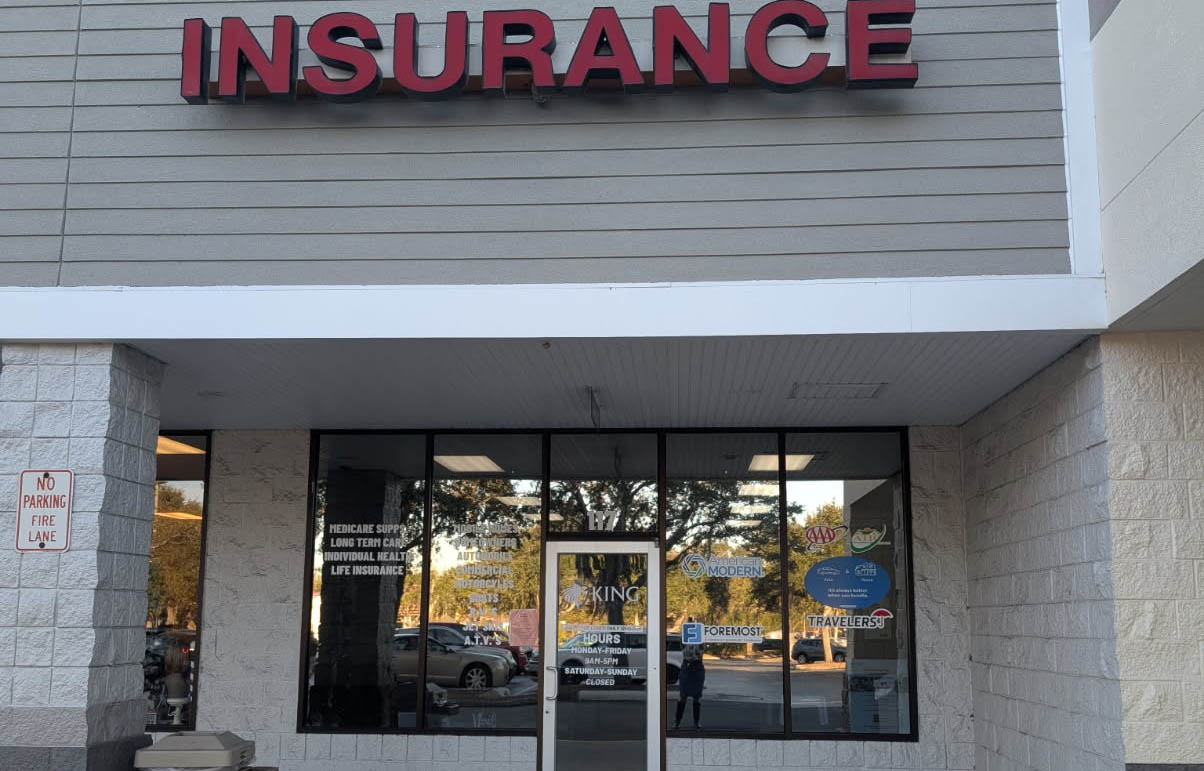News:
Brokerage
Posted: December 22, 2007
Combine strategies to maximize tax benefits
In the Northeast as well as other areas of the U.S., many taxpayers have significant appreciation in their primary residence. While IRC 121 permits taxpayers to exclude up to $250,000 if single and $500,000 if married filing jointly of the capital gain due on the sale of a primary residence, provided one has used such property as one's primary residence for 24 of the last 60 months, many homeowners are finding that the gain in their primary residence far exceeds the maximum amount of the applicable exclusion. Consequently, if a taxpayer elects to sell his/her primary residence, the taxpayer will incur tax on the sale on the capital gain above the amount subject to the exclusion which can often be considerable.
However, by employing certain strategies, taxpayers may be able to avail themselves of both the benefits of 121 and 1031 and thus both exclude from taxation gain up to the maximum $250,000/$500,000 exclusion and defer any remaining gain in a 1031 tax deferred exchange. In the instance where the entire property being relinquished has been the taxpayer's primary residence for the requisite period, one may establish a new primary residence and instead of selling the former, convert it to investment property by renting the former primary residence for a period of time (although there is no mandated holding period, many tax and legal advisers believe one or two years is sufficient). At the end of the rental term, the owner may then decide to sell the property. Presuming a sale occurs in the next year, the taxpayer will still be able to use §121 to exclude gain up to $250,000/$500,000 as two of the last five years the property was the taxpayer's primary residence. Additionally, the taxpayer may be able to defer any gain on the sale above the applicable exclusion presuming the taxpayer is able to substantiate that as of the date of sale the property is held by the investor as investment property. If, for example, a couple purchased a unit for $500,000 which is to be sold for $3 million as a primary residence, the couple would incur gain on $2 million on sale. However, by converting the property to investment property before sale,the couple could defer taxes on any gain about the applicable exclusion by performing a 1031 tax deferred exchange with the balance. While this requires reinvestment of the net proceeds above the amount of the applicable exclusion into other real property held for use in a trade or business or for investment within a maximum of 180 calendar days from sale, it permits the couple to preserve their equity and avoid taxation in the current year. Similarly, both IRC 121 and 1031 may be used together to maximize a taxpayer's equity available for reinvestment where the property being sold is partially primary residence and partially used in a trade or business or held for investment on the date of sale and the amount of gain on the property exceeds the applicable exclusion. Examples of such property abound and include: home offices, duplexes and town homes where a portion is rented, bed and breakfasts where a portion is used as a taxpayer's primary residence, wooded or unused acreage contiguous to acreage occupied by a taxpayer's primary residence and other properties containing multiple dwelling units used by a taxpayer as his/her primary residence. For guidance on the allocation of proceeds, depreciation, basis and gain between the portion of the property which is primary residence and that which is investment or trade or business property, see revenue procedure 2005-14 which contains numerous examples of both of the above types of split transactions. An accountant is generally needed to determine the value allocated to the residence portion and to the remaining units held for investment. A tax professional may use factors such as the square footage or the quality and value of improvements to each unit in determining what percentage is considered the primary residence and what percentage is allocated to the investment portion which is to be used in the exchange. (Note: Proper closing techniques must be used. Please consult with API for guidelines.) Purchasing a duplex or triplex can be an ideal first investment because the taxpayer can live in one unit and have tenants in the other units making payments, thus helping the owner qualify for the mortgage.
Pamela Michaels is an attorney and northeast division manager of Asset Preservation, Inc, New York, N.Y.
Tags:
Brokerage
MORE FROM Brokerage
Delisle and Monahan of Island Associates lease 45,000 s/f to Giunta’s Meat Farms at Strathmore Commons
Middle Island, NY Roger Delisle and Robert Monahan of Island Associates negotiated the lease for the Giunta’s Meat Farms to occupy 45,000 s/f at Strathmore Commons.

Quick Hits
Columns and Thought Leadership

AI comes to public relations, but be cautious, experts say - by Harry Zlokower
Last month Bisnow scheduled the New York AI & Technology cocktail event on commercial real estate, moderated by Tal Kerret, president, Silverstein Properties, and including tech officers from Rudin Management, Silverstein Properties, structural engineering company Thornton Tomasetti and the founder of Overlay Capital Build,

Strategic pause - by Shallini Mehra and Chirag Doshi
Many investors are in a period of strategic pause as New York City’s mayoral race approaches. A major inflection point came with the Democratic primary victory of Zohran Mamdani, a staunch tenant advocate, with a progressive housing platform which supports rent freezes for rent

Lasting effects of eminent domain on commercial development - by Sebastian Jablonski
The state has the authority to seize all or part of privately owned commercial real estate for public use by the power of eminent domain. Although the state is constitutionally required to provide just compensation to the property owner, it frequently fails to account

Behind the post: Why reels, stories, and shorts work for CRE (and how to use them) - by Kimberly Zar Bloorian
Let’s be real: if you’re still only posting photos of properties, you’re missing out. Reels, Stories, and Shorts are where attention lives, and in commercial real estate, attention is currency.








.jpg)

.gif)